flow cytometry results explained
Flow cytometry is a powerful tool for measuring the properties of single cells or particles and has a wide range of applications in research and diagnostics. For those samples with 4 million cells acquired concordant results were obtained in 93 of samples.
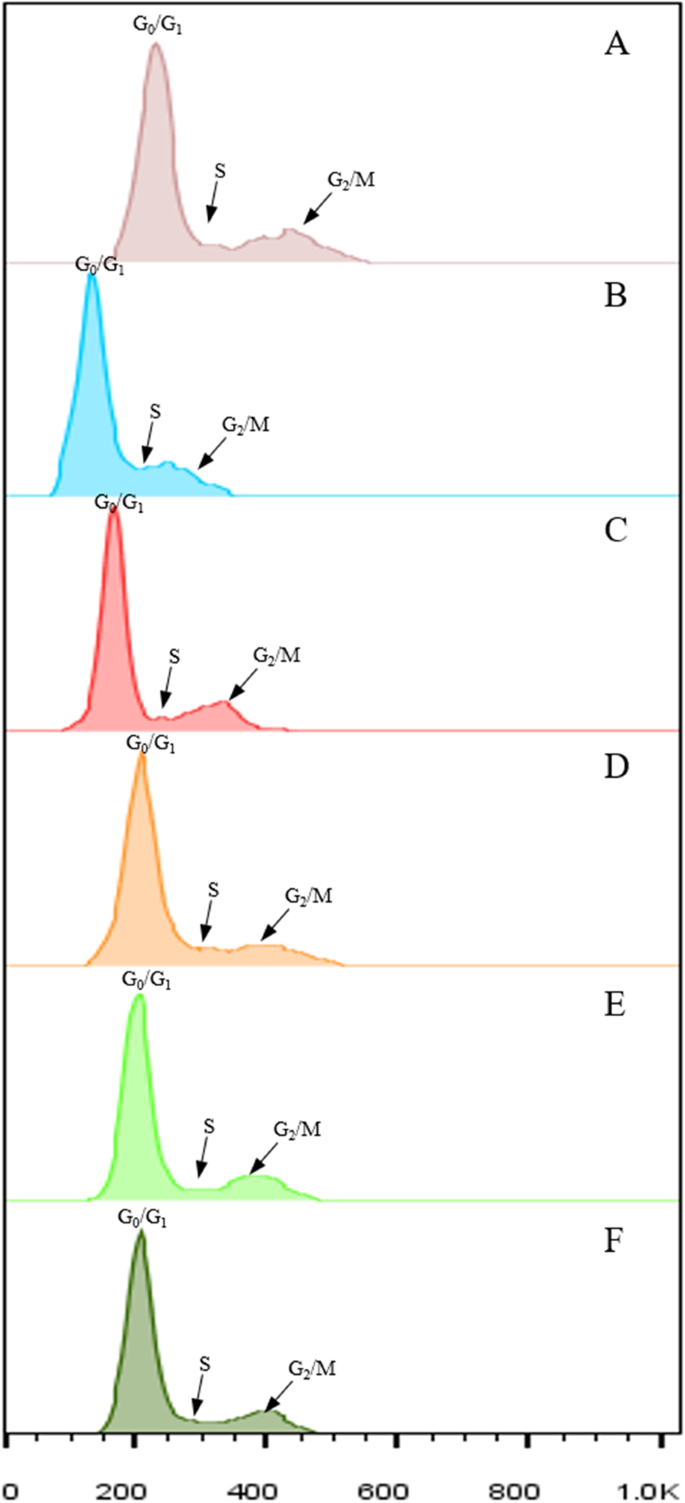
A Flow Cytometry Based Analysis To Establish A Cell Cycle Synchronization Protocol For Saccharum Spp Scientific Reports
Global Supplier of Cell Biology Tools.
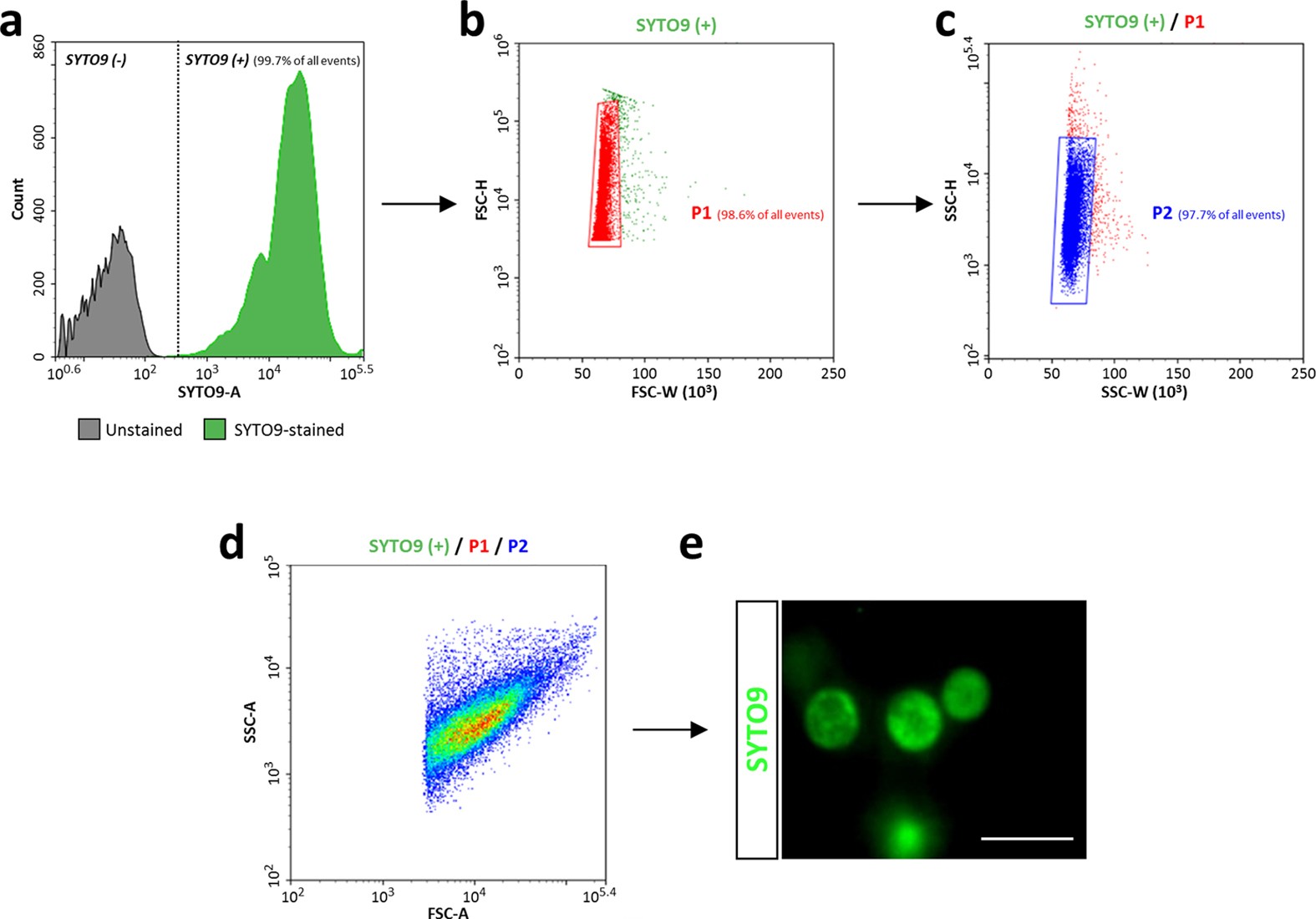
. Recent advances in flow cytometry technologies are changing how researchers collect look at and present their data. Recent advances in fluorescence-activated cell sorting FACS technology offer new and exciting approaches for understanding monitoring and combating immune. Light is used to illuminate the cells in the channel.
Proteins Kits Antibodies More. Flow cytometry is the measurement of chemical and physical properties of cells as they flow one by one through an integration point most commonly a laser. Data acquired by the sensors is compiled and integrated to.
The most common type of flow cytometry uses lasers combined with fluorescent detectors to analyze cellular properties. A A pool of homogenous stem cells that undergo gradual changes in their globin transcription pattern. It is a tool used in many applications such as medical diagnostics or forensic pathology.
B A pool of heterogeneous stem cells with varying HbF potentials that become active in an age-dependent manner. First cells with a high. The results can be explained by two models.
Although flow cytometry is a useful tool interpretation of the results can be challenging because T-cells lack an easily analyzed structural element that can provide a. Ad Research use reagents from CST. Ad High Quality Reagents with Lot-to-Lot Consistency.
In a flow cytometry experiment every cell that passes through the interrogation point and is detected will be counted as a distinct event. Most discordances were clarified upon high-throughput sequencing of antigen-receptor rearrangements and blind multicenter reanalysis of flow cytometric data resulting in. Results from the flow cytometry show the detected CD numbers which doctors use to compare to regular and irregular cells allowing them to form a diagnosis.
Flow cytometry is the method of choice for immunophenotypic analysis because it is extremely fast quantifying thousands of cells per second. Based on a 2018 study. Maximize the Impact Reach Visibility of Your Next Paper.
The basic principle is to pass cells through a narrow fluidic stream illuminating individual cells with a laser light as they pass. Ad A Peer-Reviewed OA Journal Publishing Research Related to All Areas of Complexity. In a Flow Cytometer Sample cells are passed through a narrow channel one at a time.
As cells scatter laser light in different directions forward or to the side intrinsic cellular properties such as relative cell. A series of sensors detect the types of light that are refracted or emitted from the cells. Flow cytometry is frequently used in the evaluation of potential T-cell lineage lymphoproliferative disorders.
Scientists use flow cytometry to differentiate between different types of cells or microscopic organisms. Experimental setup can take less than 30 minutes and the ability to detect multiple readouts in a single assay means samples can be. In a flow cytometer this effect is utilized to take a mix of cells and transform it into a steady stream where cells in single file as shown in the diagram below.
Each type of light that is detected forward-scatter side-scatter and each different wavelength of fluorescence emission will also have its own. How to Understand Flow Cytometry Results.

Standardized Flow Cytometry Based Protocol To Simultaneously Measure Transcription Factor Levels Sciencedirect

Gating Strategies For Effective Flow Cytometry Data Analysis Bio Rad

6 Areas Of Consideration For Flow Cytometry Cell Cycle Analysis Cheeky Scientist
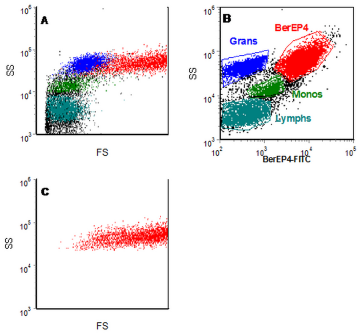
Chapter 4 Data Analysis Flow Cytometry A Basic Introduction

Overview Of Flow Cytometry Cell Signaling Technology

Key Steps In Flow Cytometry Protocols

Blog Flow Cytometry Data Analysis I What Different Plots Can Tell You
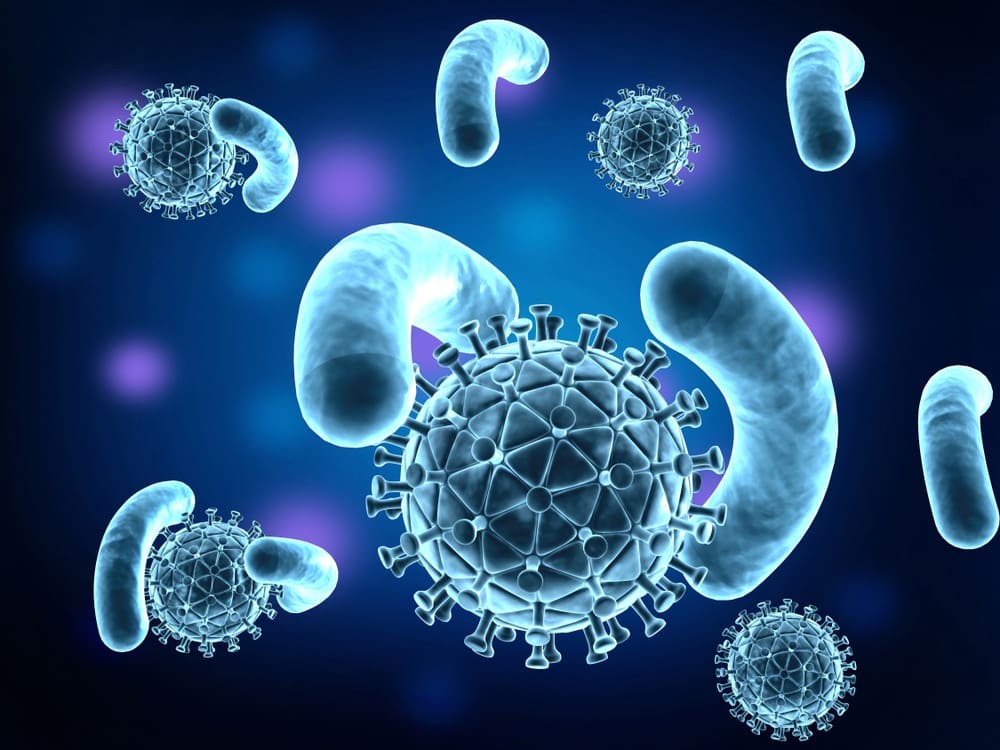
Analyzing Flow Cytometry Results Nanocellect

How To Identify Bad Flow Cytometry Data Bad Data Part 1 Cytometry And Antibody Technology

Show Dot Blot Analysis Of Flow Cytometry Data Of Cd4 Cd8 Of Two Cases Download Scientific Diagram

What Is Flow Cytometry Facs Analysis

A Robust Flow Cytometry Based Biomass Monitoring Tool Enables Rapid At Line Characterization Of S Cerevisiae Physiology During Continuous Bioprocessing Of Spent Sulfite Liquor Springerlink

A Basic Overview Of Using T Sne To Analyze Flow Cytometry Data Marissa Fahlberg Phd
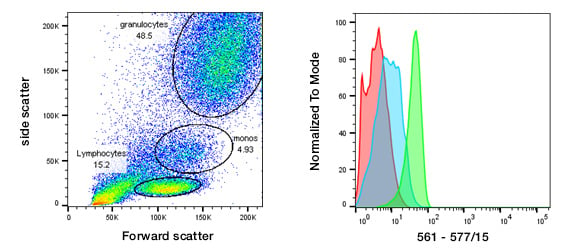
Controls For Flow Cytometry Bio Rad

Flow Cytometry Introduction Abcam

Cytofast A Workflow For Visual And Quantitative Analysis Of Flow And Mass Cytometry Data To Discover Immune Signatures And Correlations Sciencedirect
Using Fluorescence Flow Cytometry Data For Single Cell Gene Expression Analysis In Bacteria Plos One
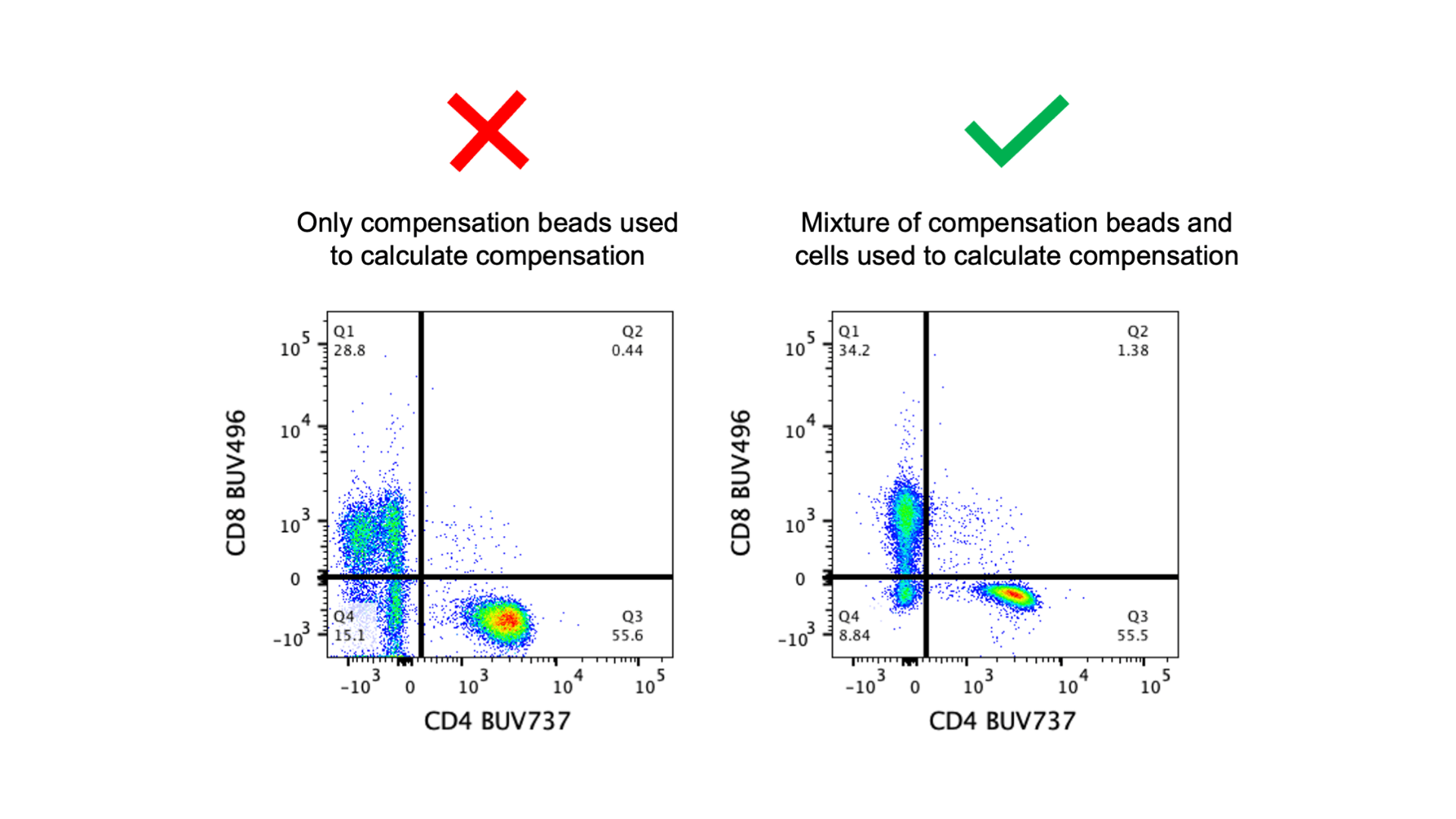
How To Identify Problems With Flow Cytometry Experiment Design Bad Data Part 3 Cytometry And Antibody Technology
